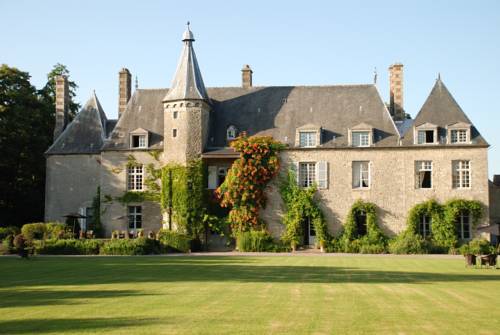
Saint-Paterne is a former commune in the Sarthe department in the region of Pays-de-la-Loire in north-western France. On 1 January 2017, it was merged into the new commune Saint Paterne - Le Chevain.

Saint-Paterne is a former commune in the Sarthe department in the region of Pays-de-la-Loire in north-western France. On 1 January 2017, it was merged into the new commune Saint Paterne - Le Chevain.